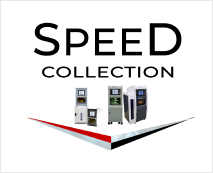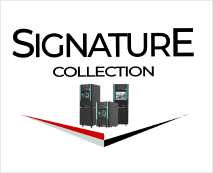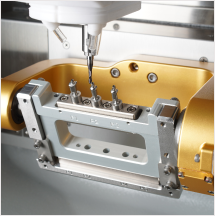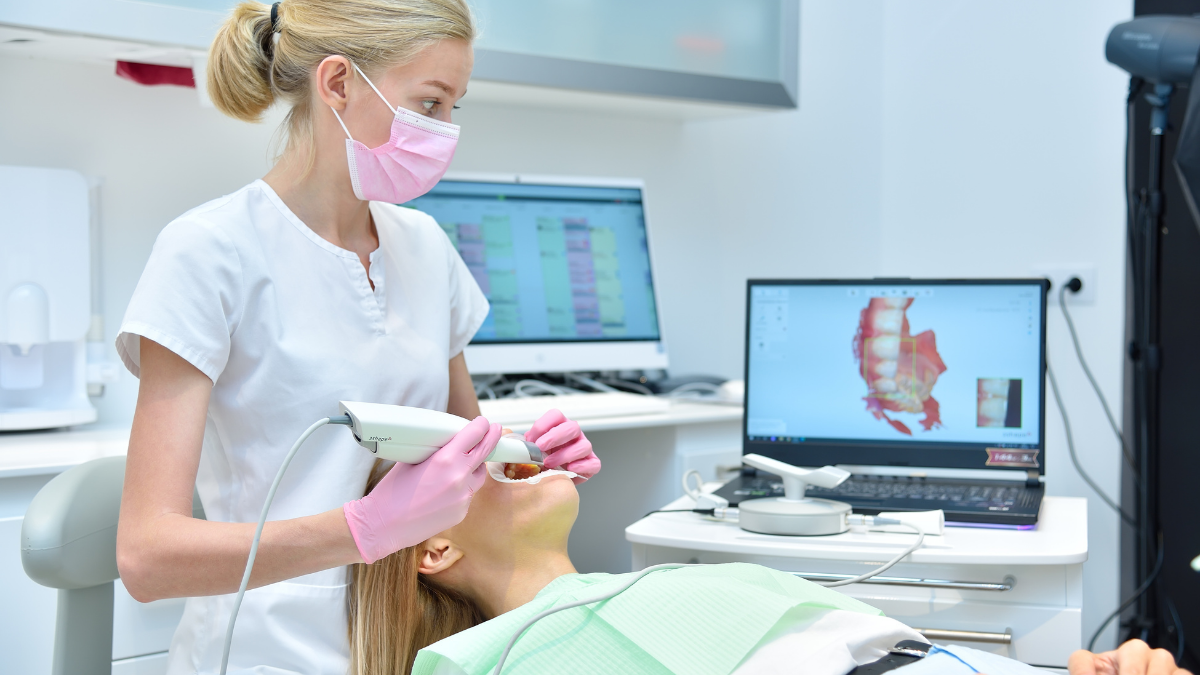Accuracy is the most important thing for good dental care in the pursuit of clinical excellence. The switch from traditional analog workflows to integrated digital dental solutions is the biggest step forward in getting consistent, very accurate results for patients. Modern dentistry has been able to reduce the variables that come with traditional methods by systematically replacing manual steps with digitized, computer-controlled processes. This has resulted in restorations and appliances that fit with unmatched accuracy.
High-resolution Digital Impressions
The most basic way to improve accuracy is to start at the point of data collection. Taking impressions the old-fashioned way, which uses impression materials that can shrink, set time, and pour incorrectly, is a well-known cause of inaccuracy.
This problem is mostly solved by the use of intraoral scanners. These high-tech devices use high-resolution optics and advanced software algorithms to take pictures of the patient’s teeth, soft tissue, and preparation margins inside their mouth. The end result is a very detailed, three-dimensional digital model that is an exact copy of the patient’s teeth.
This change has a number of benefits, including:
- Validation in Real Time: Digital scans can be looked at right away on-screen, which is different from traditional impressions. This lets the clinician check the quality of the margins and the capture before the patient leaves the chair. Any problems are fixed right away, so there is no need for expensive and time-consuming re-impressions.
- No Distortion: The digital file, which is usually an STL, is a mathematically exact, unchangeable picture of the body. It won’t warp or break like other materials do when they get hot, humid, or change size while setting or shipping.
- Improved Inter-Arch Relationship: Digital occlusal analysis is much more accurate than using a bite registration material. This means that restorations will work better and need fewer adjustments at the chairside.
Call Axys Dental Solutions at (855) 687 7941 to set up a consultation!
CAD/CAM Software for Accurate Design and Personalization
The next step in the workflow, computer-aided design (CAD), is based on the digital file that the intraoral scanner took. This software gives dentists and lab technicians the tools they need to make restorations and appliances with incredible accuracy.
In the CAD environment, the technician can virtually move models around, make exact margins, and get the best anatomical contouring. The software helps with the design process and makes sure that all functional and aesthetic needs are met before production starts. This phase of digital design gives you more control than manual wax-ups:
- Standardization and Repeatability: Digital libraries and design parameters make sure that all restorations meet the same quality standard, which gets rid of the differences that come from the technician’s level of experience in an analog setting.
- Prototyping and Virtual Wax-Ups: The ability to simulate the final restoration, change parameters, and even send the design for a 3D-printed mock-up makes case planning for complicated aesthetic and restorative cases more predictable, which means fewer surprises at the final appointment.
Computer-Controlled 3D Printing and Milling
Computer-aided manufacturing (CAM) is the last step that makes things more accurate. The exact digital file is what drives the whole process of making the final restoration, whether it is done through subtractive milling or additive 3D printing.
- Milling (Subtractive): Milling machines with high precision, often with 5-axis capabilities, cut the restoration out of a solid block of material, such as zirconia or glass-ceramic. The machine’s movements are controlled by math, which makes sure that the physical restoration matches the CAD design perfectly, especially at the important marginal fit.
- 3D Printing (Additive): 3D printing systems use a digital blueprint to cure layers of resin for things like surgical guides, aligner models, and custom trays. Because these systems are inherently precise layer by layer, they make devices that are more accurate and can be made quickly.
CAD/CAM integration lowers the chance of making mistakes when working on models, waxing, investing, and casting. This means that restorations need a lot fewer chairside adjustments, which is a direct sign of better fit and accuracy.
Did you know?
that dental professionals can plan the placement of implants with guided surgery to within 1 millimeter by combining Cone-Beam Computed Tomography (CBCT) data with an intraoral scan? This makes the surgical phase almost completely guesswork-free.
For dental practices and labs that are committed to the highest standards of care, going digital is no longer a choice; it’s a requirement. Digital impression capture and computer-controlled fabrication are just two examples of how each part of the digital workflow is designed to improve accuracy, consistency, and, in the end, give the patient better-fitting results.
To start your journey toward a more accurate, efficient, and profitable digital workflow, get in touch with the digital manufacturing experts at Axsys Dental Solutions. Call us at (855) 687 7941 to set up a meeting.
Frequently Asked Questions (FAQs)
How does a digital impression compare to a traditional impression for accuracy?
Studies consistently show that digital impressions from modern intraoral scanners exhibit superior or equivalent accuracy to conventional PVS impressions, particularly for single-unit and short-span restorations, while eliminating human errors related to material handling and distortion.
Is digital accuracy only important for crowns and bridges?
No. High accuracy is crucial across all dental disciplines, including orthodontics (for aligner fit), implantology (for surgical guide precision), and prosthodontics (for denture base fit). The more precise the initial scan, the better the final appliance fits and functions.






